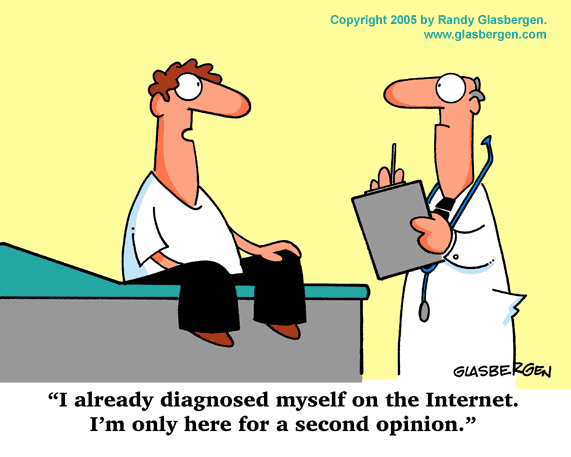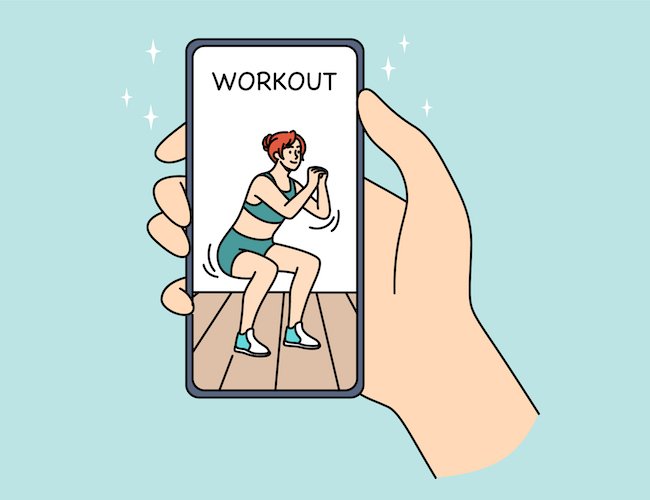
In a recent blog post titled, “The Cure for the Common Corporate Wellness Program,” authors Al Lewis and Vik Khanna detail issues they believe are pervading common corporate wellness programs. While aspects of their attack on the wellness industry are certainly warranted, their analysis would benefit from a broader treatment of the wellness industry. Specifically, some of the emerging technologies and innovations in wellness listed below present solutions to their points of criticism
Forcing Wellness on Employees
Lewis and Khanna write that “instead of supporting employees already undertaking their own self-improvement plans and encouraging others to start them, wellness has morphed in many directions that increasingly overlook or even conflict with that original goal.”

While we have seen examples of wellness solutions forced on employees – think unwieldy wellness portal and required HRAs – there has been a recent emergence of wellness solutions that better align with employee interest and don’t force a particular wellness option on employees. This alignment with employee interest is possible because of consumer mobile technology, which allows for greater wellness flexibility and accessibility. As we wrote in a post in January:
“Rather than offering a wellness program that forces employees to adopt a wellness portal or some other technology or service that they have shown no interest in, employers should find a way to allow employees to use the wellness apps and devices they are familiar with and, in many cases, already using on their own.”
Allowing employees to use consumer-oriented mobile heath and wellness apps provides employees with flexibility and optionality to construct a personal wellness experience based on their own wellness interests. If you like to run, use RunKeeper. If you prefer to track total daily steps, use the Moves app. New to wellness – start by receiving curated wellness content on topics you choose. Mobile app technology also allows employees to access wellness 24/7 – which means employees can engage in wellness activities on their terms, when they want, and not when they don’t.
Focusing on Wellness Participation Leads to Over-Diagnosing
Lewis and Khanna believe that by focusing on participation metrics, wellness programs that include screening and lab tests run the risk of over-testing and over-diagnosing employees. Lewis and Khanna advocate that employers “encourage checkups only for people likely to benefit from them. Instead of requiring or incentivizing them annually, [employers should] try a more targeted algorithm.” Again, the emergence of mobile wellness technology presents a solution to the problem identified by Lewis and Khanna. Rather than rely only on periodic lab tests or measurements, mobile wellness opens the door for regular and continuous wellness tracking or lifestyle management.
Furthermore, mobile apps and wearable devices can track wellness behavior 24/7 and start to provide new and interesting data points which can be used to fine-tune an algorithm or strategy used for further employee wellness intervention. Rather than a single point on a chart, mobile wellness technology helps produce a wellness life graph, which can supplement and in some cases replace existing periodic tests and measurements.
While Lewis and Khanna are on target with some of their assessment, their post fails to mention some of the existing technology that causes wellness advocates like Wellable to be optimistic of the future of corporate wellness. In fact, this future is already taking strong roots today as more employers are adopting solutions like Wellable.












